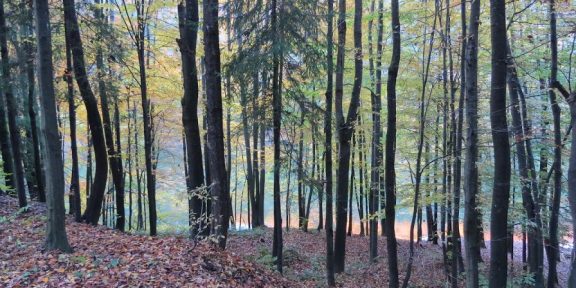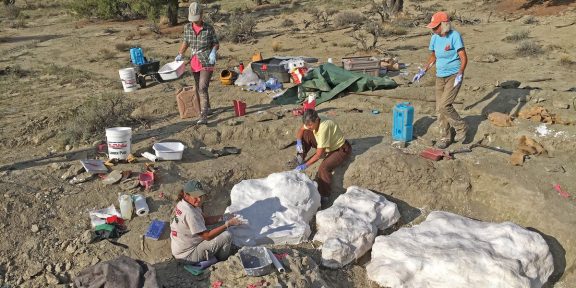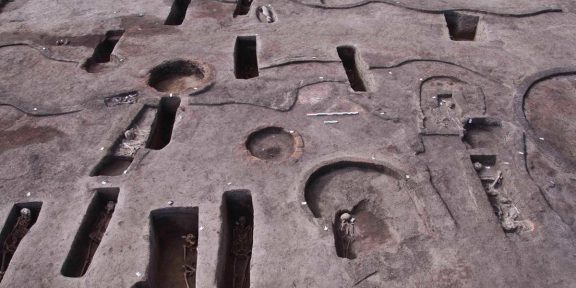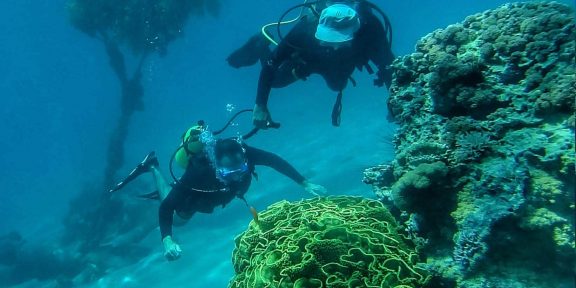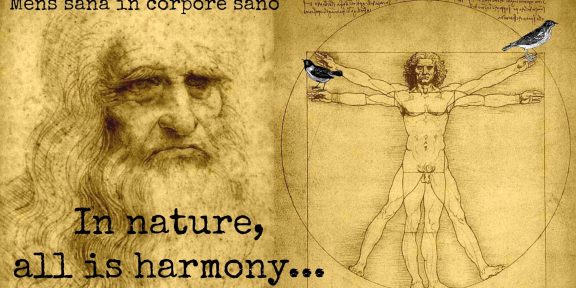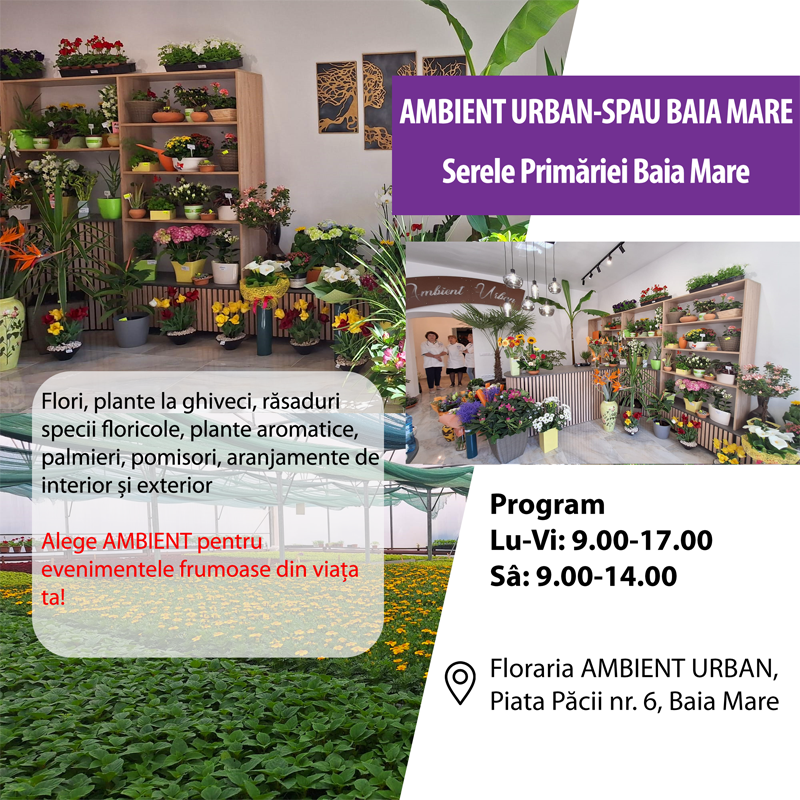Un producător de vin din Austria a descoperit oase de mamut, cu o vechime estimată între 30.000 şi 40.000 de ani, în timpul unor lucrări de renovare la o pivniţă de vinuri, transmite agenţia DPA și Agerpres.
Vinificatorul a raportat descoperirea sa la Biroul Federal pentru Monumente din Austria, ceea ce a dus la săpături efectuate de arheologii de la Academia Austriacă de Ştiinţe (ÖAW), la jumătatea lunii mai.
Oasele de mamut au fost descoperite în oraşul austriac Gobelsburg, la nord-vest de Viena.
Potrivit ÖAWW, aceste rămăşiţe de mamut reprezintă „cea mai semnificativă descoperire de acest gen din ultimii peste 100 de ani”.
Arheologii au descoperit mai multe straturi de rămăşiţe, ceea ce sugerează că acestea aparţin, probabil, a cel puţin trei mamuţi, care au trăit în Epoca de Gheaţă.
„Un strat atât de mare de oase de mamut este rar”, a declarat arheologul Hannah Parow-Souchon.
Cercetătorii au sugerat că situl ar fi putut servi drept capcană, utilizată de oamenii de la acea vreme pentru prinderea şi uciderea acestor animale masive.
Specialiştii speră să descopere noi indicii referitoare la modul în care oamenii organizau vânătoarea de animale în acea perioadă. Detalii AICI




